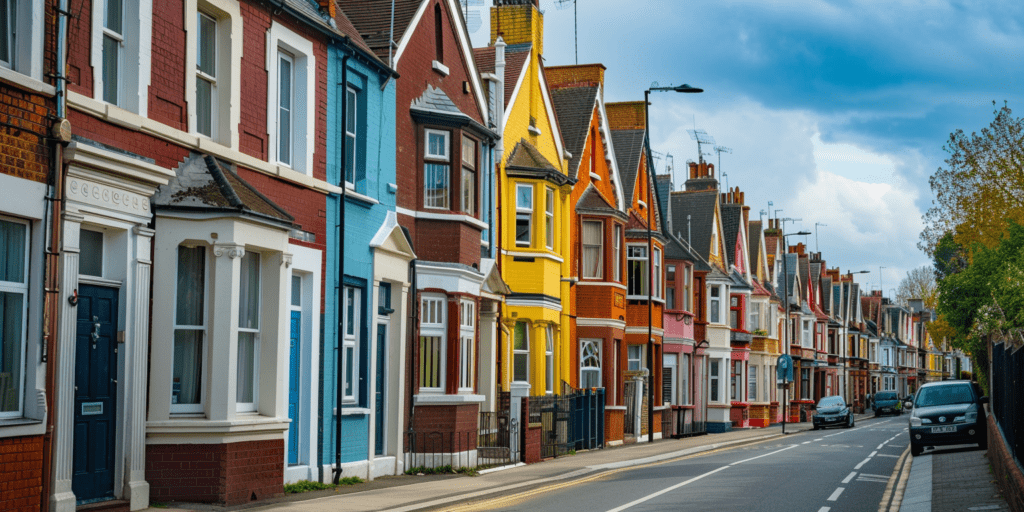When considering property ownership in the UK, understanding the difference between leasehold and freehold is crucial. Here’s a comprehensive guide to help you navigate the nuances of these two types of ownership:
Leasehold:
In a leasehold arrangement, you own the property for a fixed period, as stipulated in the lease agreement with the freeholder (landlord). The lease typically lasts for decades or even centuries but eventually expires. As a leaseholder, you have certain rights and responsibilities, including paying ground rent and service charges to the freeholder.
Pros:
- Affordability: Leasehold properties often have lower upfront costs compared to freehold properties, making them more accessible to buyers.
- Maintenance: The freeholder is responsible for maintaining the common areas and building structure, relieving leaseholders of some maintenance responsibilities.
- Community Facilities: Leasehold properties may include access to communal amenities such as gardens, gyms, or concierge services, managed by the freeholder.
- Security: Leasehold agreements typically outline rights and obligations for both parties, providing clarity and security for leaseholders.
Cons:
- Ground Rent: Leaseholders are required to pay ground rent to the freeholder, which can increase over time according to the terms of the lease.
- Service Charges: Leaseholders must contribute to the maintenance and management costs of the property through service charges, which can vary and potentially escalate.
- Lease Extensions: Extending the lease or purchasing the freehold can be complex and costly processes, especially as the lease term diminishes.
- Limited Control: Leaseholders have limited control over the property compared to freehold owners, as they must adhere to lease terms and freeholder regulations.


Freehold:
In a freehold arrangement, you own the property and the land it stands on outright, with no time limit on ownership. As a freeholder, you have complete control over the property and land, subject only to planning and legal regulations.
Pros:
- Ownership Rights: Freehold owners have full control over their property, including the freedom to make alterations and improvements without seeking permission from a landlord.
- No Ground Rent: Unlike leasehold properties, freehold properties are not subject to ground rent payments, providing long-term cost savings for owners.
- Flexibility: Freehold properties offer greater flexibility and autonomy, allowing owners to decide on maintenance schedules, insurance coverage, and other aspects of property management.
- Higher Property Value: Freehold properties generally command higher resale values and are more attractive to buyers seeking long-term ownership and control.
Cons:
- Maintenance Responsibility: Freehold owners are solely responsible for maintaining the property, including repairs to the building structure, common areas, and external elements.
- Cost Considerations: While freehold ownership eliminates ground rent payments, owners bear the full cost of property maintenance and insurance, which can be significant.
- Limited Community Amenities: Unlike some leasehold properties, freehold properties may not offer access to communal facilities or services managed by a freeholder.
- Legal Obligations: Freehold owners must comply with legal and regulatory requirements related to property ownership, including planning permissions and building regulations.
Conclusion:
Choosing between leasehold and freehold ownership depends on various factors, including budget, lifestyle preferences, and long-term objectives. Leasehold properties offer affordability and shared responsibility, while freehold properties provide autonomy and long-term investment potential. Understanding the implications of each type of ownership is essential for making informed decisions in the UK property market.



